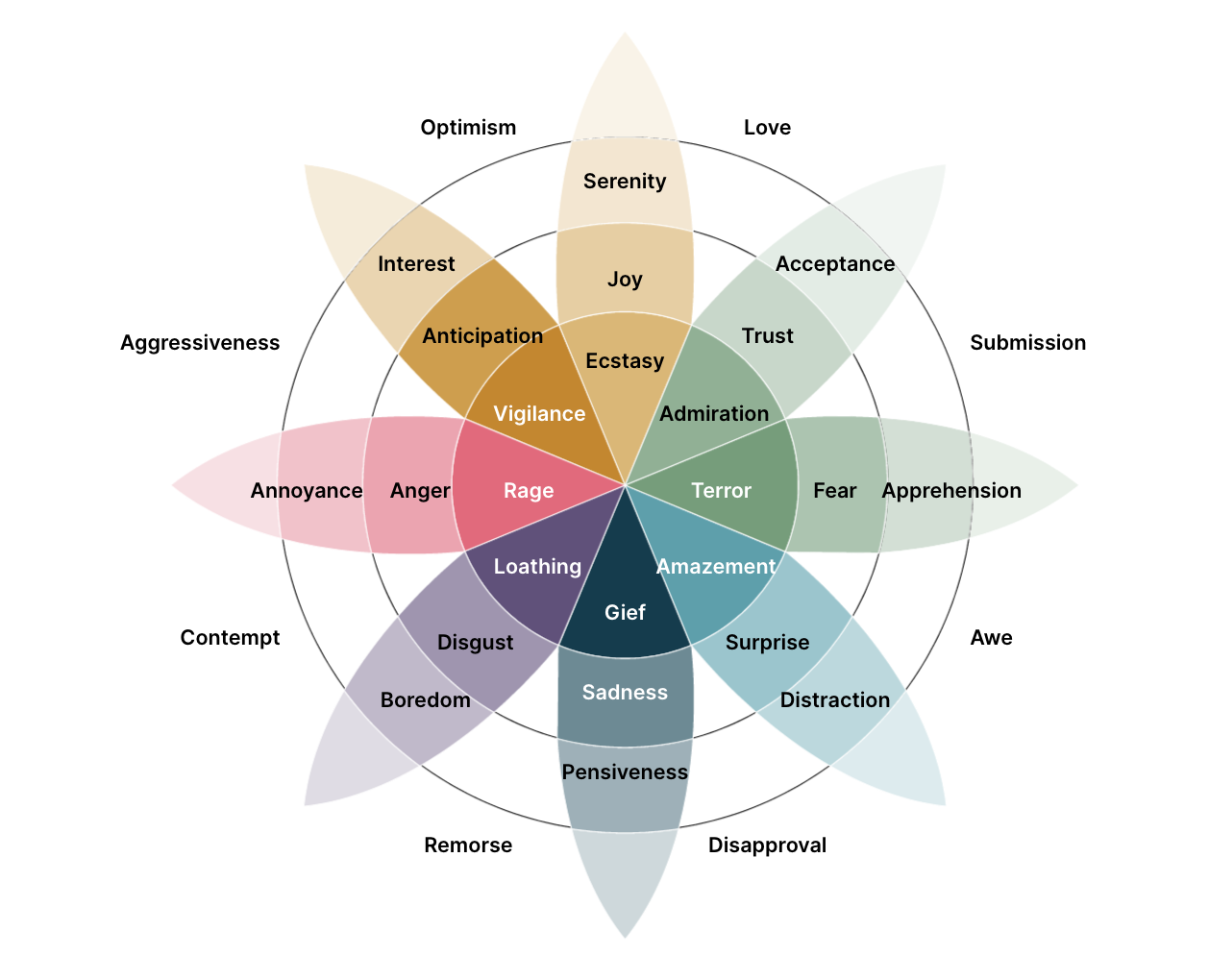“I could calculate the motions of the heavenly bodies, but not the madness of the people,” said Sir Issac Newton after falling for the South Sea Bubble. It’s nearly 300 years later and we still find human behaviour confounding. Research in cognitive/social psychology and behavioural economics suggest that a vast majority, nearly 90% of our decision-making is conducted unconsciously and automatically.
The role of a technology consultant focuses on influencing stakeholders to make technology-related decisions. And, over the 22 years of interacting with clients across the globe – we have become familiar with the biases that exist when making decisions.
This blog explores how consultants could leverage a fair understanding of behavioral science to create strategies that influence and persuade stakeholders. The blog expands on a few such approaches that have been used to solve complex problems like improving organ donations or reducing antibiotics prescriptions.
Here is a snapshot of the different classes of traits that influence human behavior. Any of these, or a combination, are expected to directly or indirectly impact the decisions we make.


Often a combination of the above are used as part of behavior altering interventions
In fact, several organizations and governments are known to have set up special units, like the Behavioural Insights Team or the Nudge Unit of UK, to come up with interventions that help strategize and solve complex problems such as policy adoption challenges.
User experience designers, advertisers and marketers have long used behavioural triggers in their work, like the wheel of emotions (shown below) that is used to understand and visualize users’ emotional responses to products, solutions and features.


Image: Psychologist Robert Pultchik's Wheel of Emotions
Another interesting concept that is relevant to how psychology ties into decision-making is what evolutionary psychologists call the multiple selves. They believe several ‘selves’ exist within a single human psyche and when a person’s particular sub-self is primed, it can impact the decision being taken. This approach could explain why humans end up repeatedly making similar decisions, even if irrational. The seven sub-selves are as below.


Often decision making can be easily influenced by priming the respective sub-selves that are mentioned above
Source for text on subselves: Rational Animal
Talk to both sides of the brain
It’s become increasingly obvious that influencers or technology consultants have to address both the emotional side and logical side of the brain when we interact with clients.
The table below lists a handful of behavioural influencers and how they can be used in stakeholder management:
Behavioral influencers |
Stakeholder impact |
Commitment is the power of personal investment.
The more involved one is in creating something, the better the end product.
|
Consultants can bring stakeholders into the process, right from the start.
Getting them involved early will ensure stakeholders are committed to the project’s success.
|
Social proofing is the power of social influence.
People make decisions based on what those around them are doing.
Example: Elevator experiment
|
Consultants can use social proofing to add credibility to their ideas.
Presenting case studies of similar sized organizations’ success can build social proof for what is being proposed.
|
Overconfidence is where subjective confidence in our abilities and judgements outweigh the actual potential of either of them. Example: Rating one’s abilities of driving, investing etc.
|
Most stakeholders value themselves and their teams as above average. Questioning them on the same could make the leaders feel uncomfortable and will obviously not help the argument. |
Hyperbolic discounting is the overwhelming preference for immediate payoff, even if a latter benefit is better in absolute terms. Example: Preference for immediate gratification |
Consultants can ease adoption-friction amongst stakeholders using hyperbolic discounting. Offering measurable and immediate results can build commitment to the project and the long term payoffs.
|
Loss aversion where people go to great lengths to avoid the loss of something they already have. Example: Effect of losing something is ~2.5 more than gaining the same thing |
Consultants can expedite decision-making by articulating ideas that emphasize on possible loss, rather than gains. Thus, stakeholders will imagine the solution in terms of what they already have (and don’t want to lose). |
Halo effect suggests that people make assumptions about ‘the whole’ based on what information or perspective they have access to. For instance, if a person is friendly one assumes they are generous as well. Or, if a sentence is difficult to read, people are likely to disbelieve the statement itself. Example: Making assumptions based on observed traits |
Consultants can explain complex concepts in a simple manner – making them actionable. Making the smaller parts stronger /easier to believe can influence both how the whole project is perceived and commitment is obtained.
|
Power of arousal is when people underestimate their visceral drives, attributing their decisions to rational forces. Example: Making impulsive decisions when one is hungry |
Meeting customers over lunch or coffee could help the stakeholder associate the satisfaction of the meal with the value of the project under discussion. Don’t negotiate with a hungry client! |
Partitioning is when people can be nudged towards certain behaviors by making their journey easier or tougher. Supermarkets, for example, increase the cart size to influence customers to buy more. Example: The Google diet - reducing plate size reduces the amount of food consumed
|
Make the first step easy for the stakeholder so they commit to the decision-making process. For example, getting a client’s buy-in for one small activity, instead of five complex projects.
|
Liking is making decisions based on if the person involved is ‘likable’. Example: Establishing rapport via similar interest |
Consultants must find commonalities with their stakeholders and build trust – with that trust, ‘liking’ emerges. This makes stakeholders more receptive to the consultant’s ideas and suggestions.
|
Value perception is when the price dictates the value of anything, even when applied to seemingly identical products. Example: Prices are valued relatively |
During negotiations, consultants must make the value of their offer clear. This works as a frame of reference while offering discounts or preferential pricing. |
Temptation is when emotions influence our decisions more than we would like to admit. Example: Why wait before making an emotional decision |
Consultants should be sensitive to their stakeholders’ emotional state before presenting ideas. A tip: it helps to switch context to clear baggage from past conversations. |
Scarcity value is when people value things that they perceive to be more difficult to acquire. Example: Limited editions products, a craze for diamonds |
While negotiating, consultants can expedite decisions by stressing on scarcity and the opportunity-cost of not making a decision.
|
Relativity is the theory that people make judgements relatively within context but not absolutely. Example: The decoy option
|
Consultants must set context and work on ‘building up’ to the offer. Offering up examples will help stakeholders imagine the proposed solutions in relation to something they are already comfortable with.
|
Framing (asymmetric choices) is the way in which a question is framed or an offer is presented which will elicit the expected response.
Example: Look for ‘positive worlds’ in words |
Consultants must carefully design how they present potential solutions to stakeholders. Not only should they carefully choose their words but also the supporting visuals.
|
Consistency suggests people behave in accordance with their self-image. An image that evolves, albeit unconsciously. Example: A core method of influencing A counterpoint is how priming can influence the self-image. For example, a jewelry store’s expensive setting can elevate one’s self-image resulting in sales. |
Consultants should present a consistent experience for customers by clearly setting standards and consistently meeting them. Over time, this will ensure the customer’s expected outcomes meet the established standards.
|
While a consultant’s job is to enable an organization’s technological, cultural and process changes – true technology transformation is not always about the big bang changes.
Minimal, Oblique and Non-Obvious (MONO) ideas, as Rory Sutherland called them, can be transformational too. And, to influence and further such small improvements, build consensus, elicit commitments, influence behaviors over time – a consultant could benefit from developing skills in the behavioural sciences.
Disclaimer: The statements and opinions expressed in this article are those of the author(s) and do not necessarily reflect the positions of Thoughtworks.


















